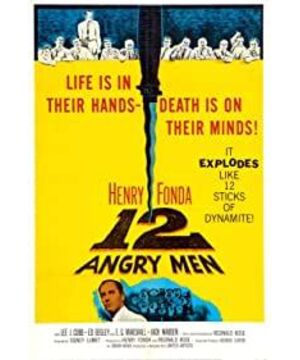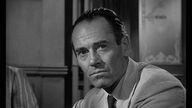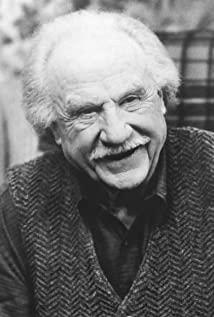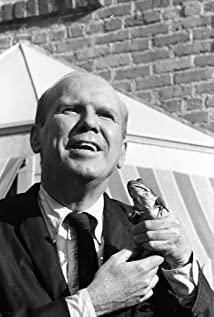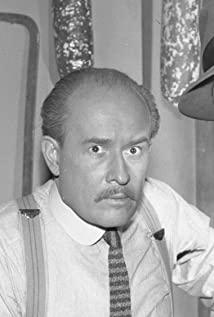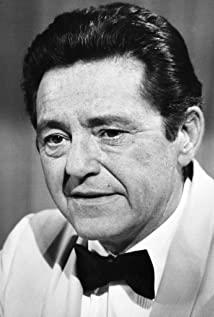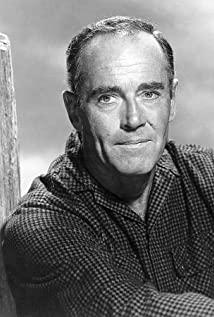layer by layer : the first layer: all the doubts raised by the jury in the discussion, of course, can be regarded as a "reasonable doubt" of the defendant's guilt, but at the same time, it is very important that all questions about hearing, hearing, Glasses, distance, movies, time to return home, and motives are all just "suspicions" of facts, nor are they negative proof of facts, that is to say, these doubts cannot prove the innocence of the defendant. If you agree with this level, look down.
The second layer: On the basis of the first layer, we can at least say whether the defendant killed or did not kill. It was not confirmed in the end, but it was stated that the defendant was acquitted because of "reasonable suspicion." . This layer agrees, and then look down.
The third layer: Therefore, we can at least make an assumption that the defendant did kill someone. Under this assumption, it can be considered that the questions raised by the jury are "reasonable doubts", but in reality, these doubts must have reasonable explanations and can
be responded to by further proof . This layer agrees, and then look down. (Note that it is assumed that the defendant killed someone.) The
fourth level: Then, if the defendant’s lawyer is very good, he thought of all the doubts raised by the jury during the discussion (the lawyer is mentioned many times in the film as being fucked), These doubts were raised during the court debate. Then, based on the hypothesis that the defendant did kill someone, the prosecutor would be able to easily provide clear and clear explanations and explanations for these doubts through counter-evidence, testing, and cross-examination. instruction.
Fifth layer: The key point is here. The final result is that, assuming that the defendant did kill someone, he hired an excellent lawyer to raise all the questions of the jury in the court debate in advance. The prosecutor will based on the facts, These doubts are explained, the jury will inevitably have no dispute in the end and will directly convict him. However, he hired a terrible lawyer. Without thinking about and raising these doubts in advance, the prosecutor did not have the opportunity to explain and explain these doubts. Finally, when the jury was arguing together, the prosecutor had no chance to raise these doubts. Through actual investigation, evidence collection, and experimentation, the jury directly declared not guilty based on "reasonable suspicion."
The sixth level: good lawyers will be found guilty; bad lawyers will be found not guilty. If there is no problem with logic, then there is a problem with the American judicial system.
Seventh level: In this case, the most feasible proposal is actually the first suggestion, which is to announce the doubt and set up another jury to investigate.
Movies are movies after all, and the biggest selling point is drama conflicts. It will not be a real American trial system. In a true jury system, the jury members will not work as criminal police and lawyers in the background. As long as the defendant’s lawyer does not raise questions, it should not be a question of the jury; reasonable suspicion is on the defendant. It was established on the basis that the lawyer raised questions and made clear his point of view, and the prosecutor was unable to make an adequate counterattack.
View more about 12 Angry Men reviews


